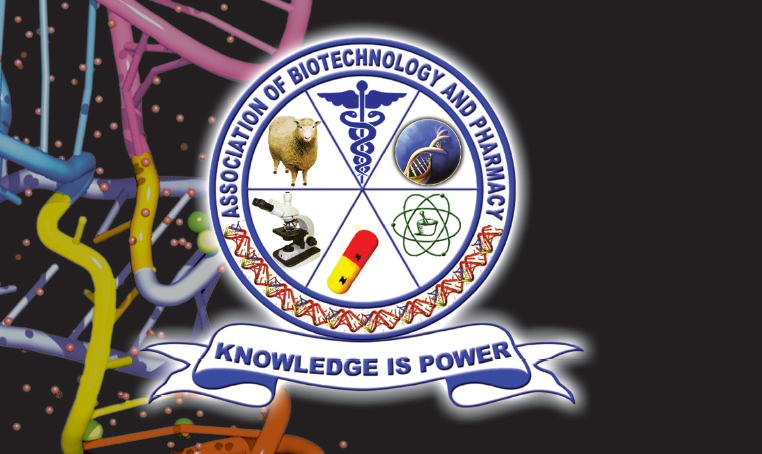Human Metagenome Analysis with COVID-19 Infectious Disease
DOI:
https://doi.org/10.5530/ctbp.2024.1.10Keywords:
Human Metagenome, Galaxy server, Gut Microbiome, Krona Pie Chart, COVID-19Abstract
Coronavirus disease (Covid-19) is an infectious disease which is caused by a virus named as SARS-COV. This virus belongs to the Coronavirus family that causes a variety of diseases including head and chest colds, severe acute respiratory syndrome (SARS), and Middle East respiratory syndrome (MERS). Metagenomics is the study of genetic material that is recuperated from the environmental samples directly. By examining and elucidating microbial genomes in healthy and infected samples, the metagenomics branch has allowed us to discover the significance of microbial genomes. The metagenomic approach used in the covid-19 infectious disease will serve as a prominent tool for explicating the relationship between host-associated microbial communities and host phenotype. European Nucleotide Archive (ENA) was used to retrieve the metagenome data of the Gut Microbiome of Covid-19 patients with the project id PRJDB12349. For metagenomics analyses, Galaxy server was used identification and classification of microbial communities furhter taxonomic analysis and functional analysis was also performed. Different tools from the galaxy like FastQC, MultiQC, Trim Galore, Megahit, Kraken 2, Convert Kraken, Krona Pie Chart and HUMANn2 were used for complete metagenomic analysis. Metagenomic Analysis shows that there is difference in the percentage and abundance of bacteria in all the covid-19 patients sample. The fungi that were commonly present in all the samples were identified as Eurotiales 78-93% and Mycospaerellales 7-20% and the other fungi that were not common but were observed are Dipodasceae 10% and Sordariales 4-6%. Further, the gene abundance and the families of the samples were also observed. This study highlights the metagenome of the Covid-19 infectious disease. The metagenomic analysis of the gut microbiome of the Covid-19 patients shows difference in the microbial community among all the samples



